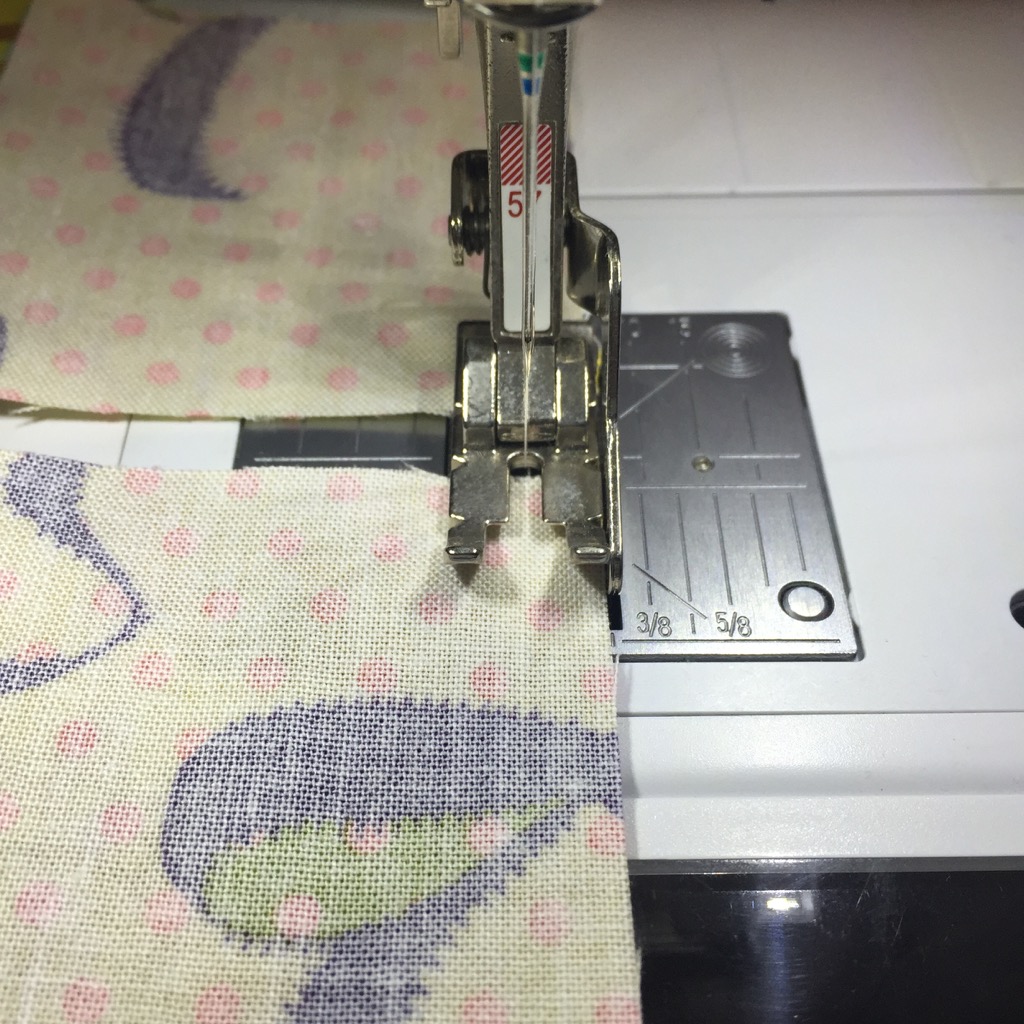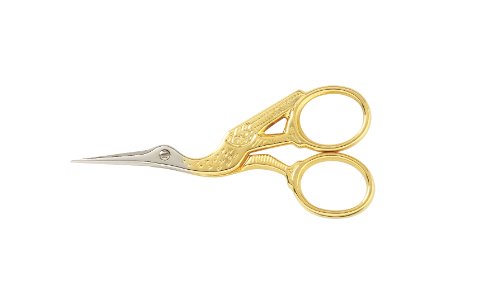When I made my first quilt, I didn't know that patchwork quilt patterns were designed to be sewn with a 1/4 inch seam allowance. I used what had, up to that point, been my sewing standard of a 3/8 inch seam allowance which meant that my quilt came out smaller than I anticipated.
An accurate and consistent seam allowance may seem tedious at first, but as you get further along with your quilt top and start connecting those rows to each other into blocks, it'll mean that it's easier to line up your points (those spots where multiple patches come together at the corners).
There are a couple options for keeping your seam allowance consistent:
Marking a 1/4 inch seam allowance on your machine
Using a 1/4 patchwork foot
Marking a 1/4 seam allowance on your machine
Right this very moment, you can grab a ruler and some masking tape (I keep a roll of washi tape in with my sewing supplies) and mark a 1/4 inch seam allowance on your machine.
A quarter inch on my machine lands on the feed dogs (those little metal teeth that help pull your fabric through) so putting that masking tape on where it won't get in the way of sewing is tricky. My tape isn't quite straight but it's better than nothing.
Using a 1/4 inch patchwork foot
My preference is to use a special foot on my machine. I'm currently using a Bernina machine with a #57 foot which is described as a "patchwork foot with guide". For my old Singer, I had a generic patchwork foot with the guide that I found by asking about it at my local fabric store.
With the patchwork foot with guide, you just pop your fabric in so that the right side of the fabric touches the left side of the guide and you sew.
No backstitching needed when you're sewing all those patches together. I didn't know that when I made my first quilt and backstitching had been another one of those things I was so into the habit of doing by default.
Since you're not backstitching, you can chain piece. As you finish sewing one pair of patches together, just pop in your next pair and keep going. When you've got a bunch done, go back and cut the thread between each pair. I find a small pair of embroidery scissors is easier to use here than a big pair of fabric sheers.


















